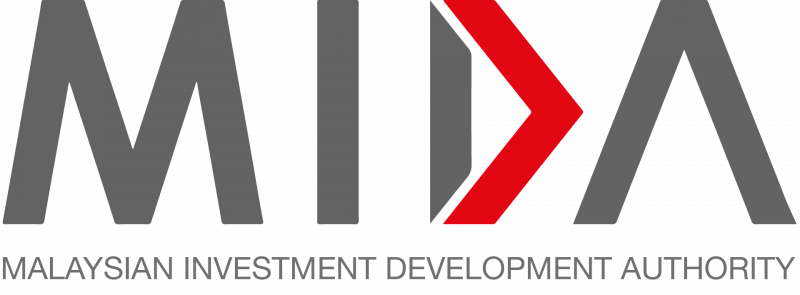Malaysia’s booming chip manufacturing sector has attracted interest from Pakistani investors.
The semiconductor industry is one of the key areas of new collaboration between Malaysia and Pakistan following Prime Minister Datuk Seri Anwar Ibrahim’s visit to Islamabad in October.
“Malaysia is poised to become a global chip hub and Pakistani investors are invited to invest in Malaysia,” Malaysian High Commissioner to Pakistan, Datuk Mohammad Azhar Mazlan, told Bernama.
Earlier this month, more than 50 prominent Pakistani industry leaders attended a dinner reception hosted by the high commissioner at the Malaysian High Commission in Islamabad.
The focus of this engagement was on enhancing trade, investment and business collaborations between the two countries, taking advantage of the momentum in bilateral relations created by Anwar’s visit.
The high commissioner encouraged Pakistani business people to use Malaysia as a gateway to the Asean market of 680 million people.
Expanding bilateral agricultural trade, Malaysia plans to import US$200 million worth of halal meat and 100,000 tonnes of basmati rice from Pakistan.
Source: Bernama
Pakistani investors show interest in Malaysian chip sector
Content Type:
Duration:


